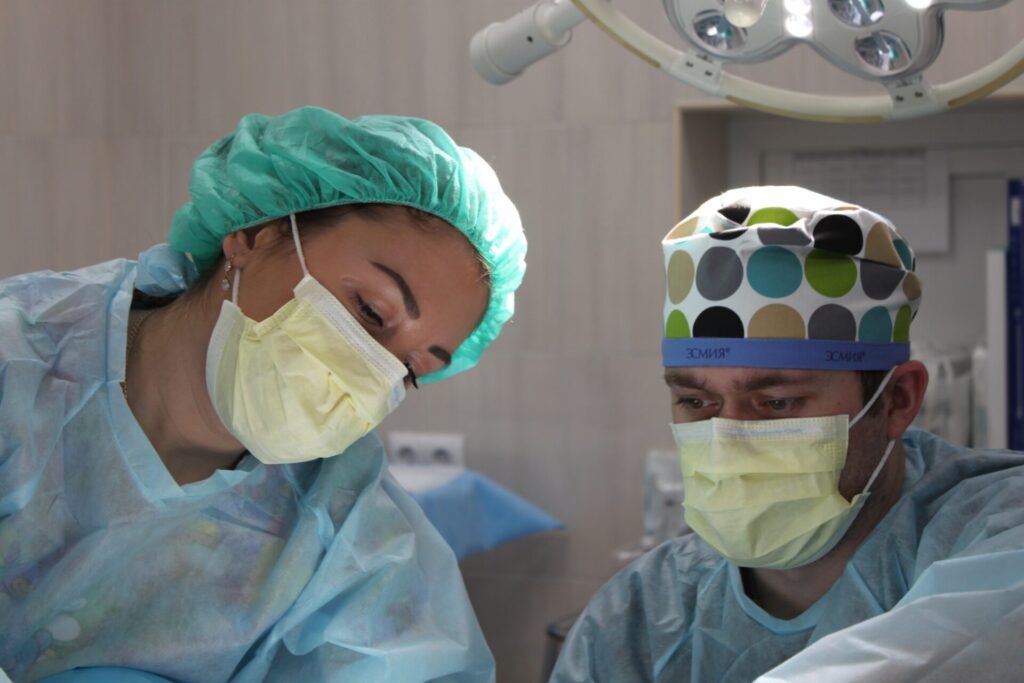How Physical Therapy Helps After ACL Reconstruction
If you’re rehabilitating after suffering an ACL injury and considering physical therapy, you have come to the right place. Physical therapy can play a pivotal role in helping improve your condition following ACL reconstruction, providing both short-term and long-term benefits for returning to the activities you enjoy most! In this blog post, we’ll discuss why physical therapy is essential for your recovery process, what types of exercises are beneficial post-surgery, how often patients should visit their therapist during rehabilitation, as well as some tips from experienced therapists that will increase your chances of getting back on track quickly. So if you want to know more about how physical therapy can help after ACL injury or reconstruction – keep reading!
Understanding the Basics of ACL Reconstruction Surgery
For athletes and active individuals, an ACL tear can be a near-devastating injury. The anterior cruciate ligament (ACL) is essential for stability in the knee, and reconstruction surgery is often necessary to regain full function. While the procedure may seem complex, understanding the basics of ACL reconstruction surgery can help ease any anxiety before going in for the surgery. During the surgery, a graft is used to replace the torn ligament and is usually taken from the patient’s own hamstring or patella tendon. Following the procedure, physical therapy is a crucial component of rehabilitation and a full recovery. With proper care and rehabilitation, patients can often return to their previous level of activity.
The Benefits of Physical Therapy After ACL Surgery
Undergoing ACL surgery can be a daunting experience, but the road to recovery doesn’t end there. Physical therapy can not only aid in a faster recovery but also help prevent future injuries. After surgery, physical therapists work with patients to improve their range of motion, strength, and stability. They also help patients regain confidence in their abilities and teach them exercises to continue at home. With proper physical therapy, patients can not only return to their pre-surgery level of activity but also improve their overall fitness and reduce the risk of re-injury. It’s important to remember that physical therapy is not just a step in the recovery process, but an investment in one’s long-term health and wellness.
What to Expect During Physical Therapy Sessions
Physical therapy sessions can seem daunting if you’ve never been to one before. But knowing what to expect can help ease any anxiety you may have. During your sessions, your physical therapist will evaluate your condition and create a customized treatment plan to help you achieve your goals. This could include exercises to improve your range of motion, strength, and flexibility. You may also receive hands-on therapy and other techniques to alleviate any pain you may be experiencing. Your therapist will monitor your progress and adjust your plan as needed. Remember, physical therapy is a collaborative effort between you and your therapist, so don’t be afraid to ask questions or voice any concerns you may have. With patience and dedication, you can make positive strides toward recovery and better overall health.
Addressing Flexibility and Range of Motion Limitations
Flexibility and range of motion are integral to maintaining a healthy and active lifestyle. However, many people face limitations in these areas due to various factors such as age, injury, or lack of exercise. Addressing these limitations may seem daunting, but with the right guidance and effort, it is possible to regain or even improve flexibility and range of motion. Whether it is through stretching exercises, yoga, physical therapy, or other methods, taking steps to work on these areas can lead to increased mobility, decreased pain, and a greater sense of overall well-being. Don’t let limitations hold you back – start taking steps towards greater flexibility and range of motion today.
Exercises for Strength, Balance, and Coordination
Looking to boost your physical well-being? Exercises that improve strength, balance, and coordination are all great places to start. These types of workouts can help you build the physical foundation needed for more advanced fitness goals, and can also provide a fun and challenging alternative to traditional exercise routines. Some excellent exercises for building strength include lifting weights, resistance band training, and bodyweight exercises like push-ups and squats. For balance, try yoga, tai chi, or simple exercises like standing on one foot. Finally, coordination can be improved through activities like dance or martial arts. With commitment and dedication, incorporating strength, balance, and coordination exercises into your routine can help you feel stronger, more confident, and more capable.
Crafting an At-Home Exercise Plan with Your Physical Therapist
Staying on top of our physical health has become more important than ever, especially with the pandemic still looming over us. And while gyms and workout studios have reopened, some of us remain apprehensive about stepping into a shared space. Fortunately, you don’t have to compromise your wellness goals. With the help of your physical therapist, you can craft an at-home exercise plan that’s tailored to your specific needs and limitations. Not only will this ensure that you’re getting the right kind of exercise for your body, but it’ll also keep you accountable and motivated towards achieving your fitness goals. So whether you’re recovering from an injury or just looking for a way to stay active within the comfort of your own home, consider enlisting the help of your physical therapist.
Conclusion
In summary, ACL reconstruction surgery can be a difficult process for those with limited movement and mobility. With the right physical therapy infrastructure in place, the long-term success of the surgery is likely. Post-operative physical Therapy includes targeted exercises to increase range of motion, strength, balance, and coordination. To ensure proper progress during physical therapy sessions and beyond, it is important to craft an at-home exercise plan with your physical therapist. Learning the basics of ACL reconstruction surgery and working closely with your physical therapist helps equip you with the skills necessary for lasting results before you leave their care.

